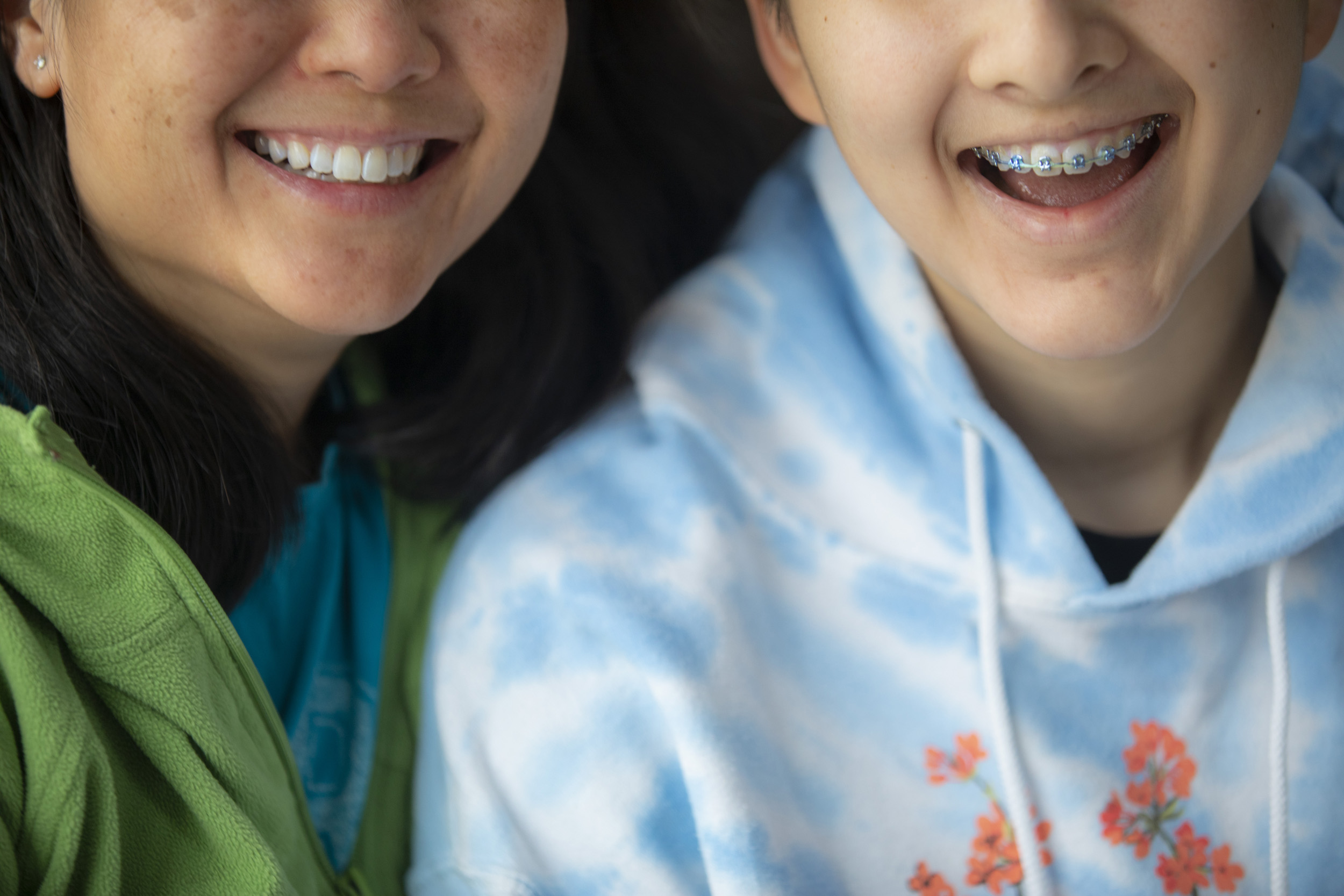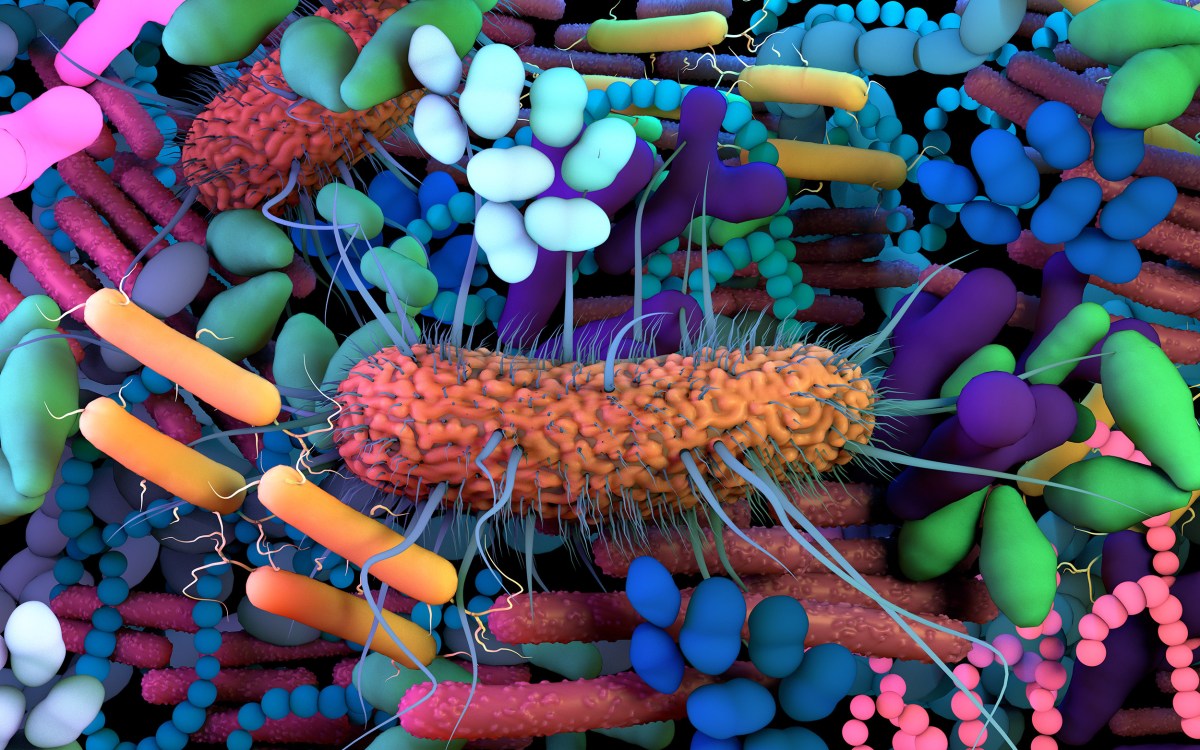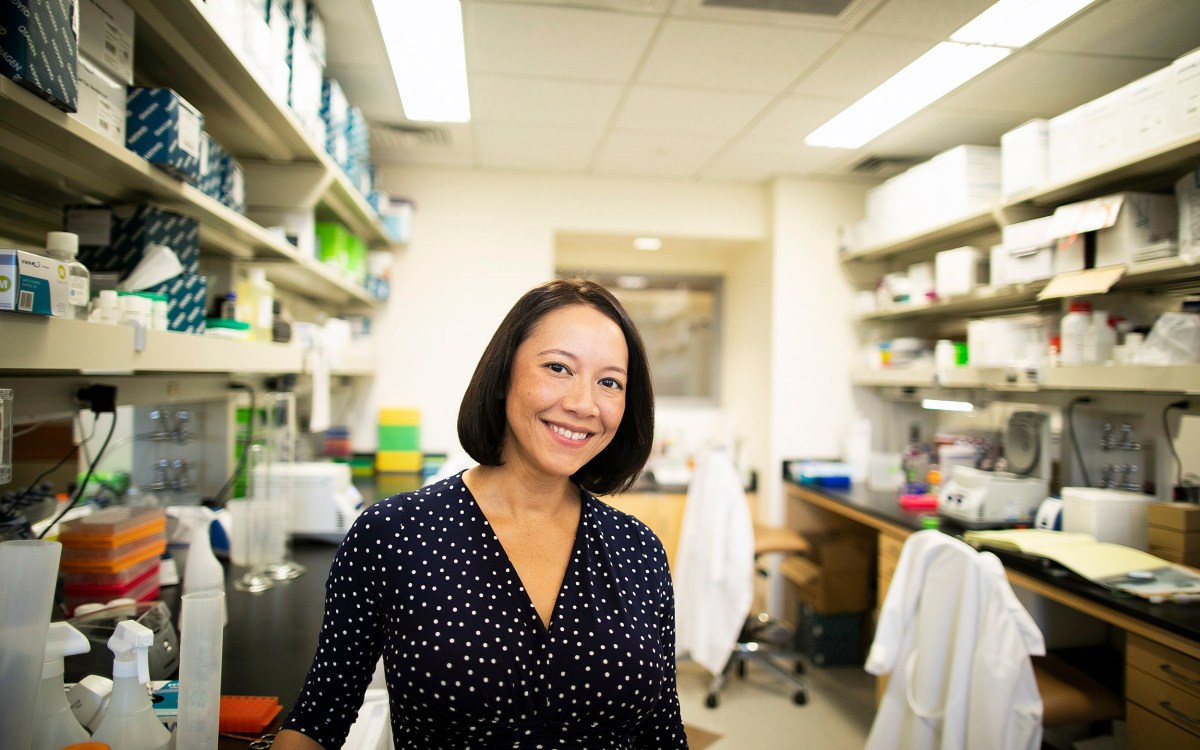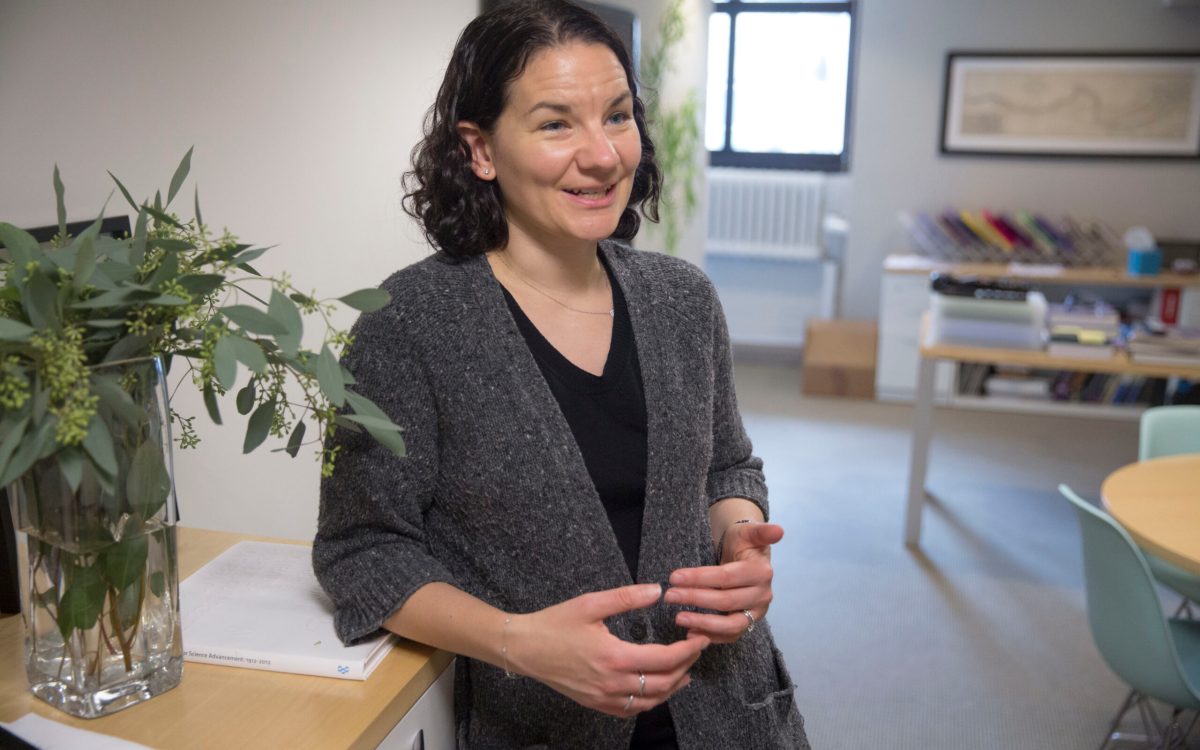
Kris Snibbe/Harvard Staff Photographer
Microbes are around and within us but there’s much we don’t know about them
Genome analysis sorts out complex ecosystem in the mouth
It’s not a stretch to say that we live in a microbial world. Microbes can make us sick (as they are demonstrating right now), lead the way for medicines like targeted therapeutics and probiotics, and are crucial to almost every biological ecosystem. But there is much we don’t understand about them, so one group of researchers has taken a deeper look at one of the world’s most compact and dense bacterial hot spots: the human mouth.
In a study published last month in Genome Biology, a team of Harvard-led researchers used a recently developed technique combining state-of-the-art genetic sequencing and analysis to get an up-close look at the mouth and the ecosystem of microbial communities living within it, including those that cannot be cultured.
The report details an impressive amount of variability in the bacterial subpopulations living on the tongue, inner cheek, and teeth beyond what had been previously documented. It shines a spotlight on how bacterial communities divide up habitats and pattern themselves.
“These analyses help us to better resolve and identify who the bacteria are in any given environment. Here it’s the mouth with its multiple habitats,” said Colleen Cavanaugh, Edward C. Jeffrey Professor of Biology at the Faculty of Arts and Sciences and co-author on the paper. “You want to know who’s really there and where, for the treatment of periodontal disease [for example], to target all of those microbes, not just those known based on [laboratory] cultures.”
A warm, wet, and rich organic environment, the mouth is a perfect breeding ground and ecosystem for microbes. It has many distinct populations of bacteria setting up separate habitats just centimeters apart. Consider this: Despite saliva connecting them, the microbes living on your tongue are so distinct from microbes on your teeth that they are more similar to those living on someone else’s tongue than the microbes on your own teeth, throat, or gums.
The new report shows these differences likely go even further. The researchers used an approach called metapangenomics to examine in depth the microbes’ genomes. The approach combines a total DNA-sequencing technique, known as metagenomics, with a more targeted technique, known as pangenomics.
The team analyzed 100 genomes of four species of bacteria commonly found in the mouth and compared them to their relatives in the “wild” that the Human Microbiome Project (HMP) had sampled from volunteers. One species was Haemophilus parainfluenzae, a bacterial generalist found throughout the mouth. The other species were three kinds of a genus called Rothia, which is also found throughout the mouth but each species has distinct habitats. Each is a specialist.
Using metapangenomics, researchers found Haemophilus was less of a generalist than they’d thought. It was composed of three distinct subgroups, setting up camp in distinct locations like the teeth or tongue. Studying Rothia, they found it specialized even more. For instance, one species they thought lived only on the tongue was also found on the inner cheek. Upon further analysis, these were actually two cryptic subgroups, meaning that at first glance they are practically indistinguishable, but when viewed more closely, as the scientists did here, they are actually quite distinct.
The team was also able to identify specific ways free-living bacteria in people’s mouths differed from their lab-grown relatives.
Their findings could potentially help pave the way to learning how to control for both good and bad bacteria in certain habitats and lead to targeted probiotics.
“It’d be really interesting to try to see what elements of these track between health and disease because that can shift our thinking in how we treat microbial diseases,” said Daniel R. Utter, who led the study. It might be possible, he said, to figure out how to control the whole system and get rid of the bad bacteria instead of just getting rid of the good and the bad — via antibiotics, for instance — and hoping that the good bacteria return.
Utter, who is a Ph.D. candidate in organismic and evolutionary biology at the Graduate School of Arts and Sciences, has been spellbound by bacteria and their diverse communities since 2014. “I was really fascinated by what could be the drivers that make these distinctions happen at such tiny scales,” he said. “It has always really bugged me that we don’t know what that diversity is doing. … What does this diversity in these genomes mean?”
Utter and Cavanaugh teamed up with researchers at the Marine Biological Laboratory, Woods Hole, University of Chicago, and The Forsyth Institute for this study. For Utter, the next step is editing the genomes of some of the bacteria they studied to understand how genetic differences affect their overall function.
“I’m sure there are tons and tons of more crazy, interesting stories to be found,” he said.
This research was supported by the Harvard Catalyst/National Institutes of Health and National Science Foundation Graduate Research Fellowship Program.








